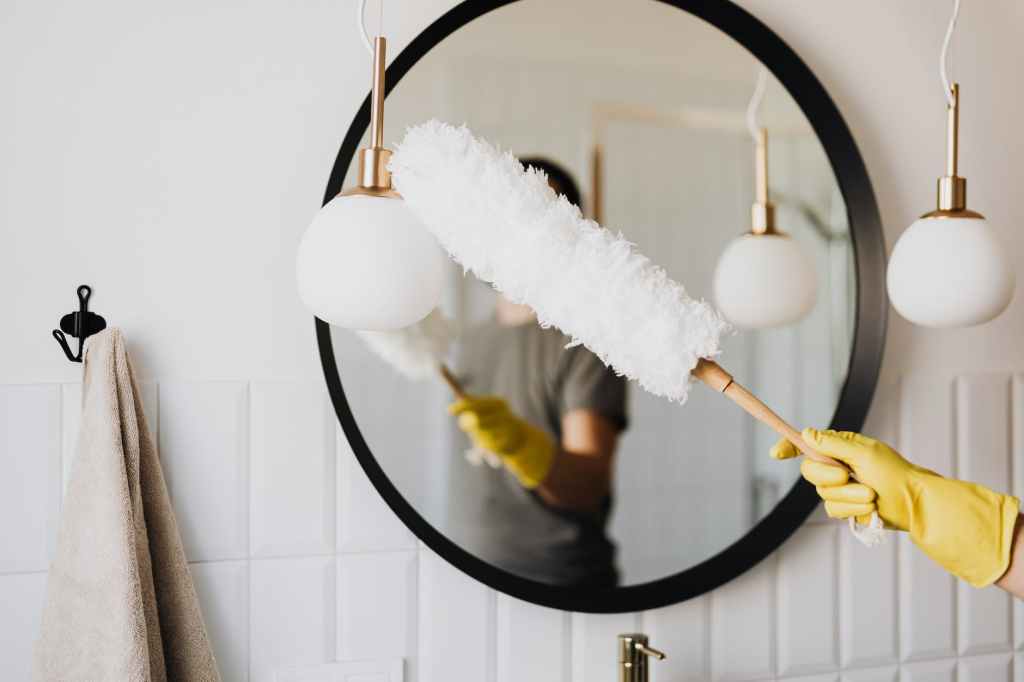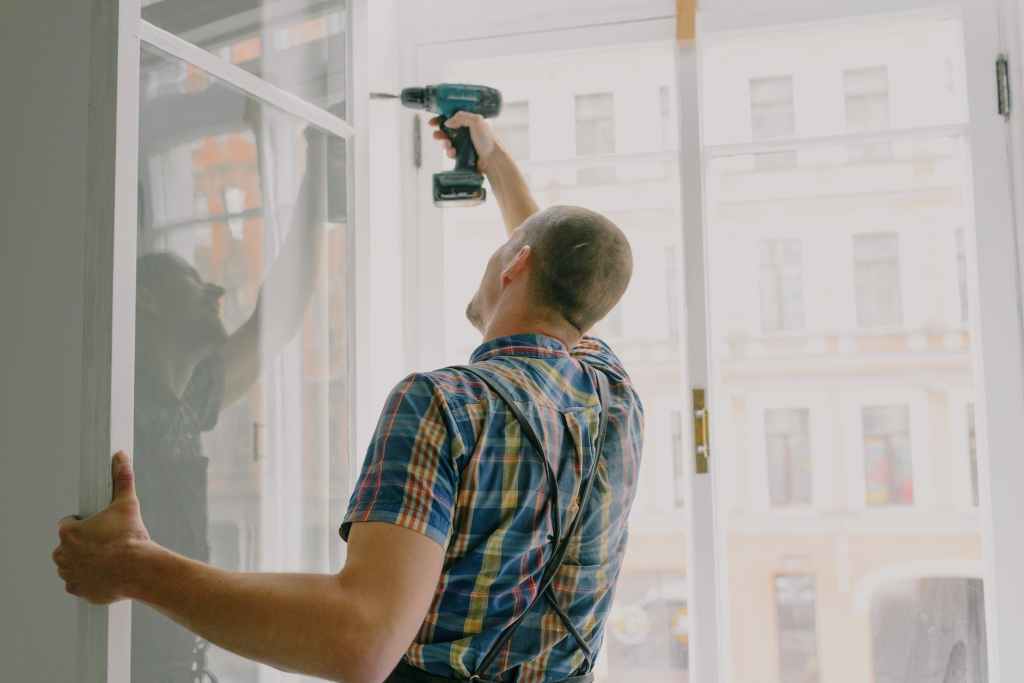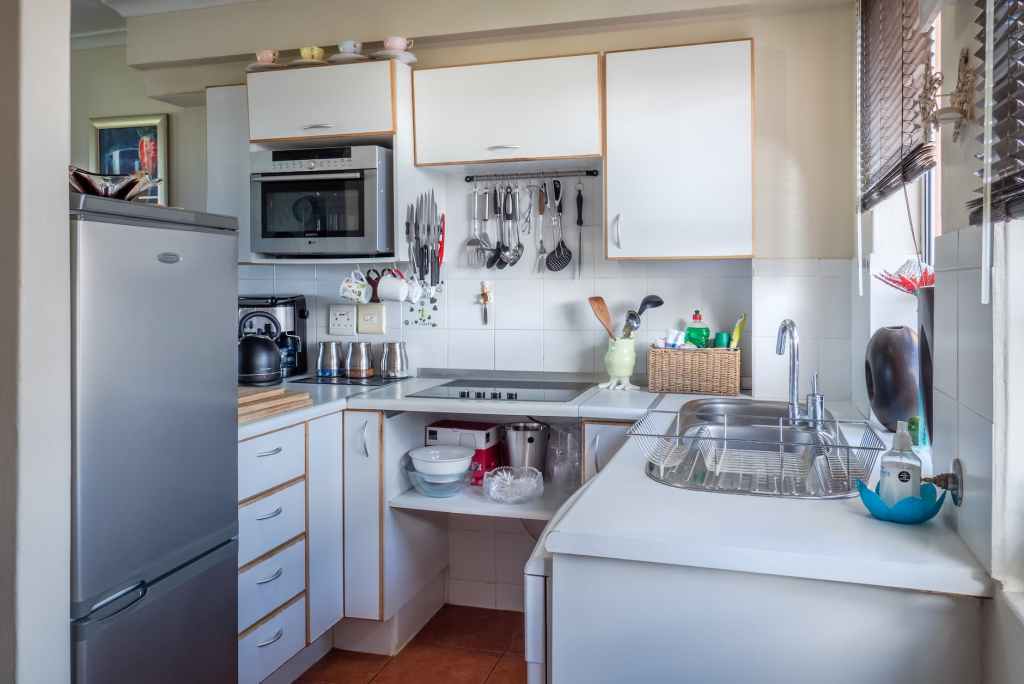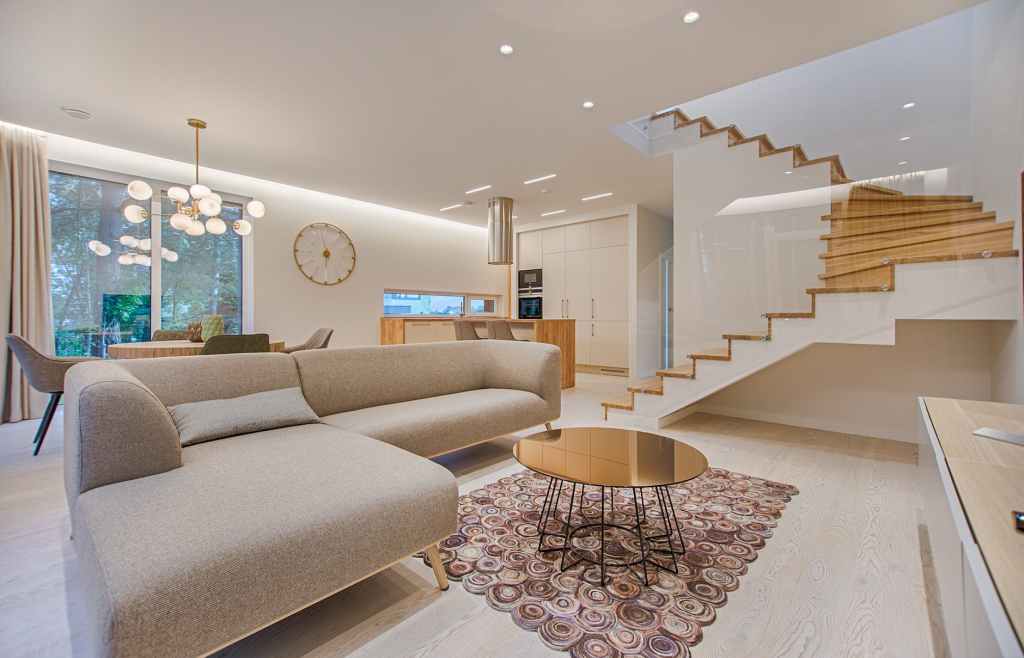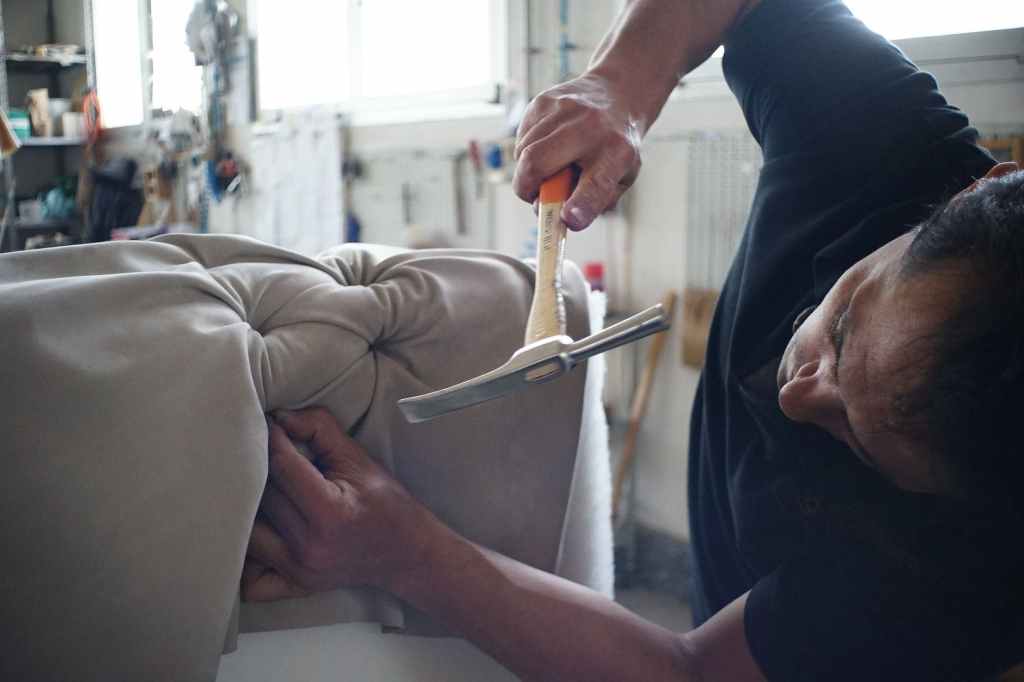Antique furniture carries a historical significance that transcends time and deserves preservation. Restoring antique furniture to its former glory can be fulfilling, but it must be done with care to retain the furniture’s originality and value.
If you’re considering restoring your antique furniture, then you must understand how to preserve its value. It’s the difference between a restored piece that’s still worth its weight in gold and one that has lost its luster and historical significance.
In this article, we will explore expert tips and techniques for restoring antique furniture while maintaining its charm and authenticity. You’ll learn about the restoration process, preserving the authenticity of antique furniture, and the benefits of seeking professional assistance.
Key Takeaways:
- Restoring antique furniture requires expert knowledge and techniques to preserve its charm and authenticity.
- The restoration process involves cleaning, repairing, and refinishing wood furniture using the necessary tools and materials.
- To maintain the value of antique furniture, it’s crucial to preserve its original features and historical significance through careful handling and documentation.
- Professional restoration services can help you enhance your antique furniture’s value and beauty.
- By following these tips, you can embark on a fulfilling restoration project that preserves the allure and heritage of antique furniture for generations to come.
Understanding the Antique Furniture Restoration Process
If you’re planning to restore antique furniture, it’s important to understand the process involved. The following step-by-step guide will take you through the essential tools and materials required for a successful restoration project, as well as techniques for cleaning, repairing, and refinishing wood furniture.
Tools and Materials
Before starting any furniture restoration project, ensure you have the necessary tools and materials, including:
- Latex gloves
- Safety glasses
- Sanding blocks
- Wood glue
- Wood filler
- Stain
- Finish (e.g. varnish, shellac, wax)
- Clean rags
- Paintbrushes and foam brushes
- Steel wool
- Scraper or chisel
Cleaning the Furniture
The first step in the restoration process is cleaning the furniture to remove any dirt, grime, or old finishes. Use a mild cleanser and a soft cloth, avoiding harsh chemicals that can cause damage to the wood or remove its patina. Allow the furniture to dry completely before proceeding to the next step.
Repairing the Furniture
After cleaning, assess the damage and make any necessary repairs, such as filling in cracks, replacing missing pieces of veneer, and tightening loose joints. Apply wood glue and clamp the pieces together until the glue dries. Then use wood filler to fill any gaps or holes, sanding them smooth after drying.
Refinishing the Wood
Once the repairs are complete, sand the furniture to remove the old finish and prepare it for a new coat. Apply a stain if desired, followed by a new finish such as varnish or shellac, using a clean brush or foam brush. Allow the furniture to dry completely before applying a second coat, and finish with steel wool to achieve a smooth, lustrous finish.
Professional Restoration Services
Although restoring furniture can be a rewarding experience, it can also be challenging and time-consuming. If you’re not confident in your skills or lack the necessary tools, consider seeking professional restoration services. Professional restorers have the experience and specialized tools to properly restore antique furniture while preserving its historical significance and authenticity.
Preserving the Authenticity of Antique Furniture
Antique furniture has a unique allure that stems from its historical significance and authenticity. As such, preserving its original features is essential in maintaining its value and charm.
Identifying and retaining the original features of antique pieces requires extra care and attention, which includes extensive research, documentation, and precise handling during the restoration process. For instance, it is vital to note the type of wood, traditional joinery techniques, and the surface finishes used in the original piece. This information will help guide the restoration process and ensure that the furniture’s character remains intact.
Moreover, maintaining the furniture’s authenticity involves resisting the temptation to replace original parts with cheaper and modern alternatives. This includes avoiding updating handles, knobs, hinges and other such hardware that may have worn out or become outdated with time. Ensuring that these original features remain intact during the restoration process is vital to preserving both the historical significance and value of antique furniture.
Ultimately, preserving the authenticity of antique furniture involves discovering a balance between restoring functionality and maintaining its unique character. By understanding and prioritizing the original features of an antique piece, its beauty and historical significance can be enjoyed and cherished for generations to come.
Conclusion
Restoring antique furniture can be a fulfilling and rewarding experience. By following the expert tips discussed in this article, you can give new life to your cherished pieces without diminishing their value. Remember to approach the restoration process with care and respect for the historical significance of these remarkable furniture pieces.
Whether you choose to embark on a DIY restoration project or seek professional help, always prioritize authenticity and originality. Preserve the allure and heritage of antique furniture for generations to come by maintaining its unique character.
Thank you for reading, and we hope these tips have been helpful in guiding you towards a successful antique furniture restoration project. Happy restoring!
FAQ
How do I restore antique furniture without decreasing its value?
To restore antique furniture while preserving its value, it’s important to follow some expert tips. Start by conducting thorough research to understand the historical significance of the piece. Avoid removing any original features unless necessary and retain as much of the original finish as possible. Additionally, use gentle cleaning methods and avoid harsh chemicals. Consider consulting a professional for complex restoration projects.
What is the process of restoring antique furniture?
The process of restoring antique furniture involves several steps. First, assess the piece’s condition and identify any damage or missing parts. Next, clean the furniture carefully using appropriate techniques and materials. Repair any structural issues, such as loose joints or broken pieces, using suitable adhesives or woodworking techniques. Finally, refinish the wood surface, matching it as closely as possible to the original finish.
How can I preserve the authenticity of antique furniture?
Preserving the authenticity of antique furniture is crucial to maintain its value and historical significance. Begin by conducting thorough research to understand the original features and characteristics of the piece. Document any markings, labels, or signatures found on the furniture. During restoration, take extra care to retain these original features and avoid over-restoration. Seek professional advice and assistance if needed to ensure the preservation of authenticity.


